A few of the musically talented would bring over various instruments such as guitar, ukulele and bongo drums to provide live entertainment. Often this is accompanied by singing. Ian and I helped by not singing.
As we have decided to stay at Great Keppel till after Christmas, with no serious sailing to do, our days are slow and relaxed. Eggs and bacon for breakfast one morning, gave us a surprise with this double-yolker egg. In the good old days, these weren't so rare, but I've been told that the eggs these days are screened and double-yolkers are definately a no-no. I think it might be harder to get a double-yolker than win lotto. The Grand Pubah of probabilities saw fit to give me a double-yolker instead of winning lotto.
.jpg) |
| I'd already given Ian his eggs and bacon when I cracked this for myself. |
We managed to get map of the island with all its walks. Some of them are quite long and hilly. We decided to do the walk to the lighthouse (really just a beacon) first. This would take us to the most eastern point of the island which was about 10kms return.
Along the way we found these artistic little track markers, some of them with poems and verses, done by Lyndie.
The first few kilometers took us through trees and therefore shade. A luxury in the tropics at this time of the year.
Ian was wondering what he would look like with a beard so he decided to try one on for size. Hmm, wrong colour.
The walk took us up some moderately steep hills with the highest point being 170m. This wasn't too difficult after having tackled Fitzroy and Dunk islands.
But, we didn't let that stop us from having a rest now and then.
We took heed of these little pearls of wisdom along the way.
The eastern side of the island is quite barren and windswept. A few stubborn, lonely trees clung to the steep hillsides. I took some photos as we sailed around the island the first day.
As we were nearing the lighthouse, we were able to see them close up. A gnarled and ancient living sculpture.
Ian took this photo as we were nearing the lighthouse. We are anchored off the far side of the headland in the distance. I'm that little black speck in the middle, taking a photo of the tree above.
It was in this area we first came across the feral goats. As in most of the islands, goats were introduced to provide a food source for sailors in the late 1800s. There are some very unusual goats here on Great Keppel. Some of them have originated from milking and meat goats but at another stage (so we've been told) someone had started breeding goats for their wool, which resulted in some very strange looking goats.
Some of these goats look really odd with Mowhawk-like hairdos along their back and head.
Another anchorage took us to the resort end of the island. The old resort is overgrown and has been closed for ten years. Nearby is a small bat colony which is a lot more interesting than a derelict building. Not having seen many birds and animals on this trip besides the goats, these kept me amused, while Ian waited patiently for me to turn up at the dinghy.
After a couple of days at Great Keppel, it was time to head to Yepoon on the mainland.
We showered, laundered, shopped for fresh food and best of all, met up with Wayne and Barbara who we had met on our trip back from the Kimberlys.
We abandoned ship that night and stayed with Wayne and Barbara. Caught up on stuff, reminisced, played pool, drank rum and ate hot chilli mince.
The following day, our tour guide Barbara, took us for a whirlwind tour of Yepoon/Emu Park, before kick out time at the marina. We will see them again at Christmas when they sail Casper over for their break.
Back to great Keppel which is home for the next few weeks. we continue to fish with no luck. We bought new fishing gear and restocked our bait at Yepoon, but expectations aren't being met. We go snorkelling and see fish.
More walking. We find another community of goats, much larger this time in a pasture near the old homestead. I didn't take my camera!
Another walk, this time for photos. Last time they had been frolicking and bleating. The boys had been play-fighting and leaping at each other head first. I was looking forward to some great action shots.
We got up early so we could get them before they got tired. Our plan was to sneak around the back of the old sheds at the homestead and get award winning photos of them doing their thing.
We succeeded in the sneaking but the 'thing' they were doing was eating. Action was slow. I even managed to 'sneak' up on one of them while it was so busy eating, it didn't notice me. In the finish I had to clear my throat quite loudly before it leapt away, about 10m.
I finished up spooking them by roaring like a Lion. That worked and they jumped over the fallen down fence into the relative safety of a bygone pasture.
Well, we had a little bit of success at last with the fishing. Ian had a hopeful pilchard hanging in the water one evening. After a long time he decided it was time to give up. As he reeled in the line, a squid followed the bait. He tried several times to hook it but that didn't work.
Ok, well we had a squid jig in the tackle box. On it went and into the water. Hooray, one squid. Now squid usually go around in families. We had noticed this while snorkelling.
In goes the jig again, another squid in the bucket for us. Squid ink goes everywhere, but we can clean that up later. Eight times we do this, alternating buckets with fresh sea water as each turns black when a new squid ejects ink.
Finally, no more squid, but we have more than enough.
They are quite handsome creatures. Large intelligent eyes, a vivid green look at me. Ian suggests I find something else to do while he does the next thing.
They are now in the freezer, awaiting consumption.
The next day, Ian decides it's time to give the bottom of the boat a scrub. What does he find down there besides barnacles on the prop and and a thin film of slime on the keel?
Four squid, waiting at the bottom of the boat, wondering where the rest of the family had got to!
.jpg)







.jpg)
.jpg)
.jpg)
.jpg)
.jpg)
.jpg)
.jpg)
.jpg)
.jpg)
.jpg)
.jpg)
.jpg)
.jpg)
.jpg)

.jpg)
.jpg)




.jpg)



.jpg)
.jpg)
.jpg)
.jpg)
.jpg)
.jpg)

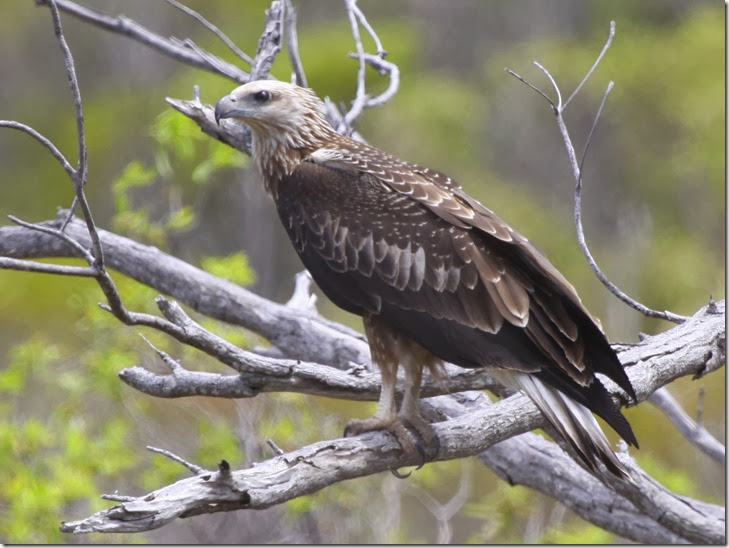
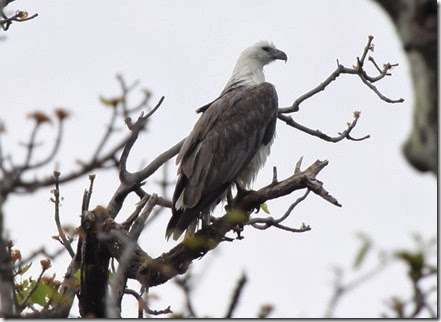
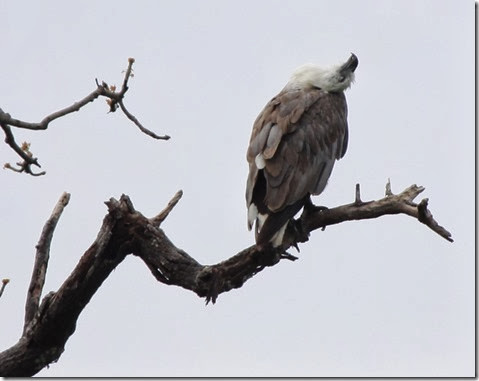


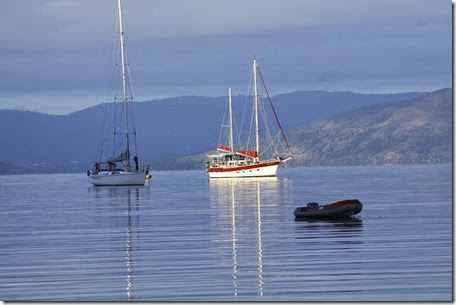

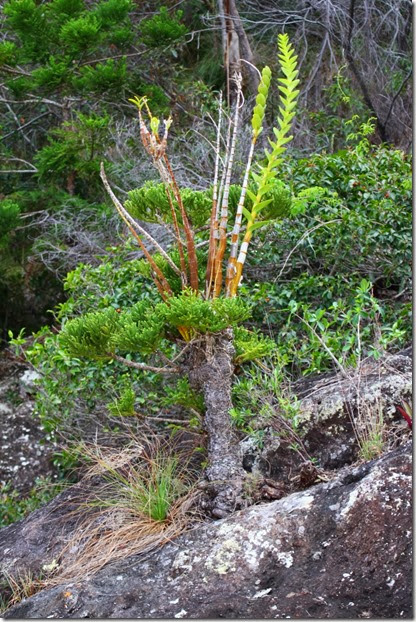
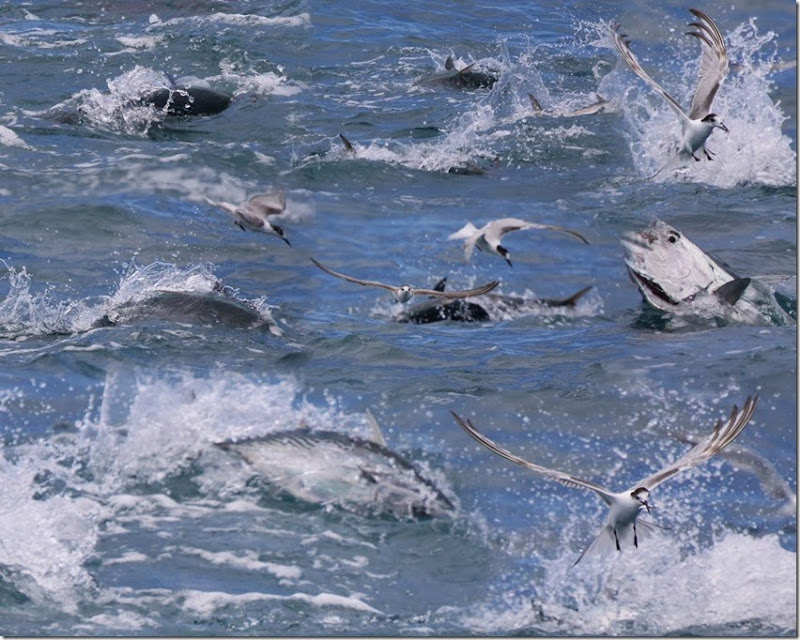
.jpg)

.jpg)

